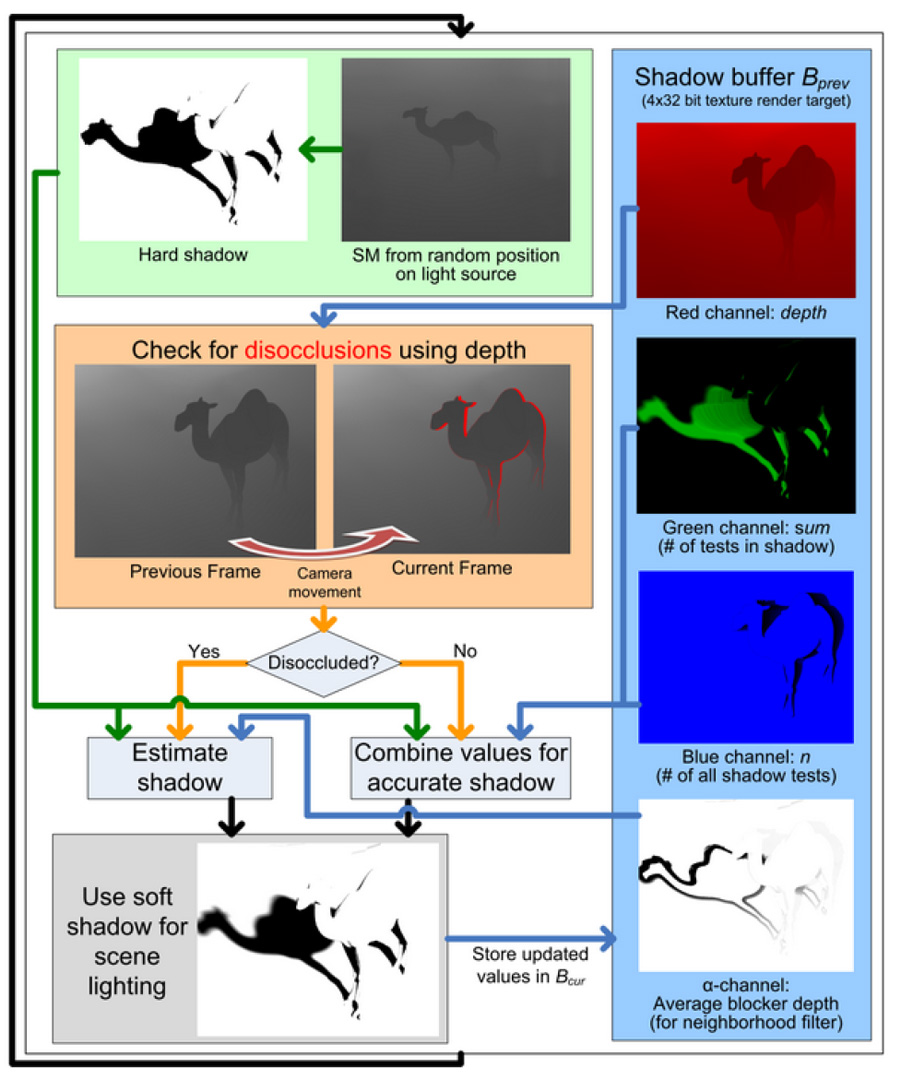“Exploiting Temporal Coherence in Real-Time Rendering” by Scherzer, Yang and Mattausch
Conference:
Type(s):
Title:
- Exploiting Temporal Coherence in Real-Time Rendering
Presenter(s)/Author(s):
Abstract:
Temporal coherence, the correlation of content between adjacent rendered frames, exists across a wide range of scenes and motion types in practical real-time rendering. Taking advantage of temporal coherence can save redundant computation and significantly improve the performance of many rendering tasks with only a marginal decrease in quality. This not only allows incorporation of more computationally intensive shading effects in existing applications, but it also offers exciting opportunities to extend high-end graphics applications to reach lower-spec, consumer-level hardware.
This introduces the concepts of temporal coherence and provides the working practical and theoretical knowledge required to exploit temporal coherence in a variety of shading tasks. It begins with an introduction to the general idea of temporal coherence in rendering and an overview of the recent developments in the field. Then it focuses on a key technique: reverse reprojection cache, which is the foundation of many applications. The course explains a number of extensions of the basic algorithm for assisting in multi-pass shading effects, shader antialiasing, casting shadows, and global-illumination effects. And it introduces several more general coherence topics beyond pixel reuse, including visibility-culling optimization and object-space global-illumination approximations. For all the major techniques and applications covered, implementation and practical issues involved in development are addressed in detail.
The course emphasizes “know how” and the guidelines related to algorithm choices. After attending the course, participants are encouraged to find and utilize temporal coherence in their own applications and rapidly adapt existing algorithms to meet their requirements.
Additional Information:
Prerequisites
Knowledge of basic real-time computer graphics, such as the programmable shading pipeline, model transformation, rasterization, texture mapping. Experience in writing vertex and fragment shaders is preferred.





